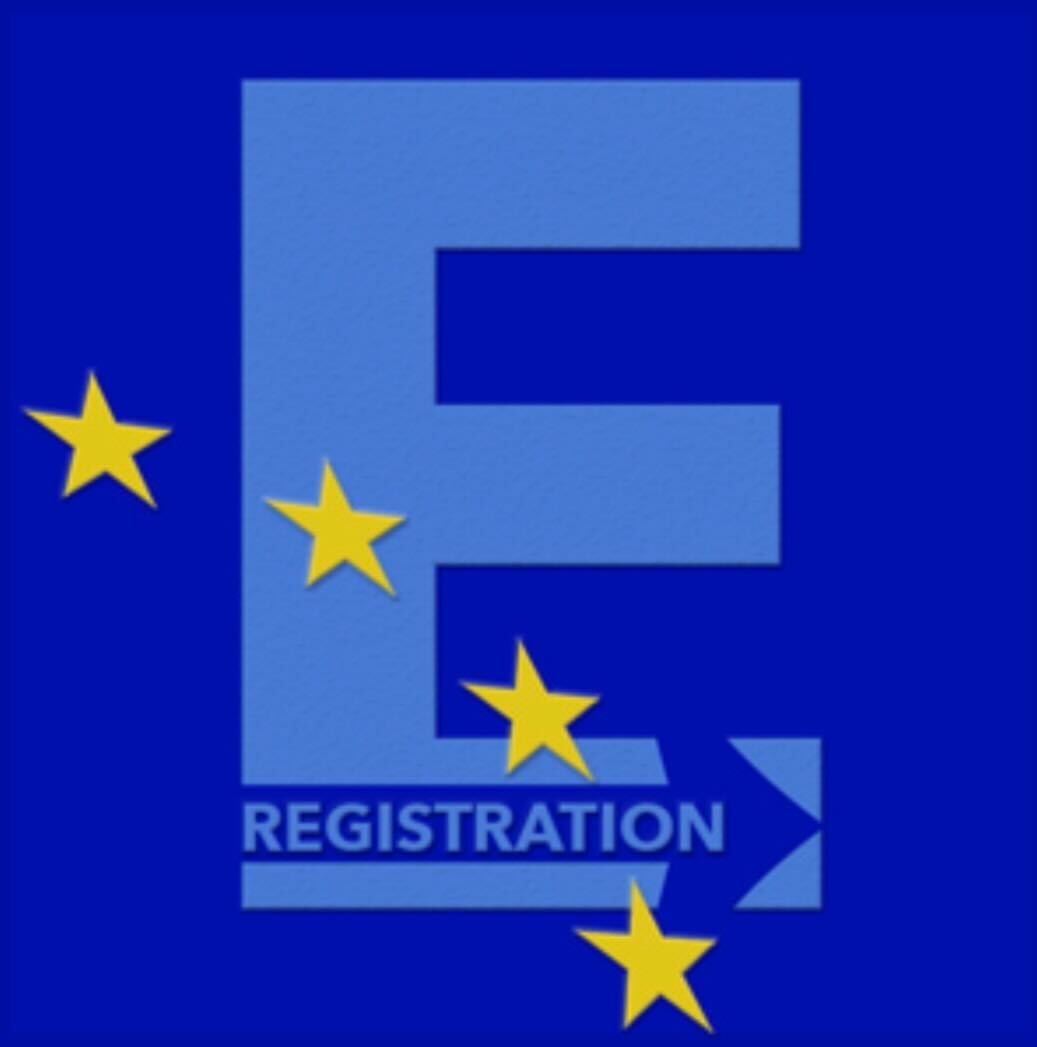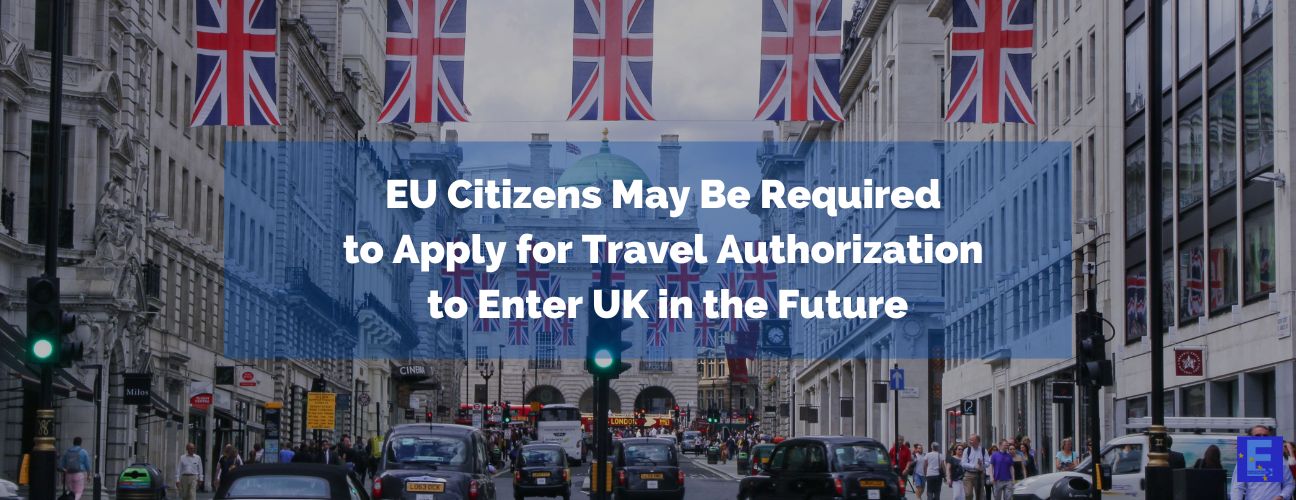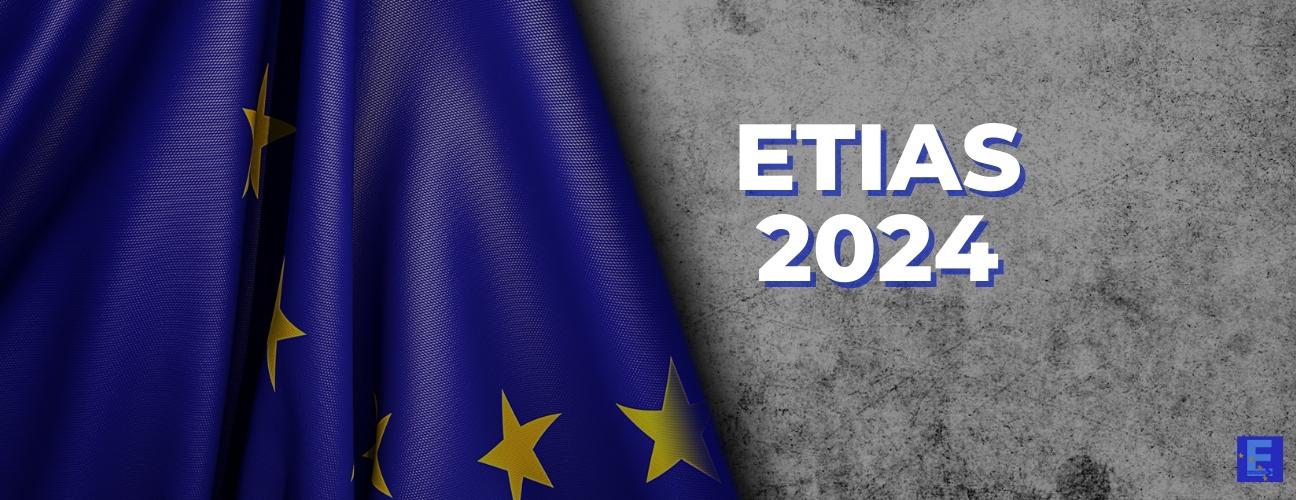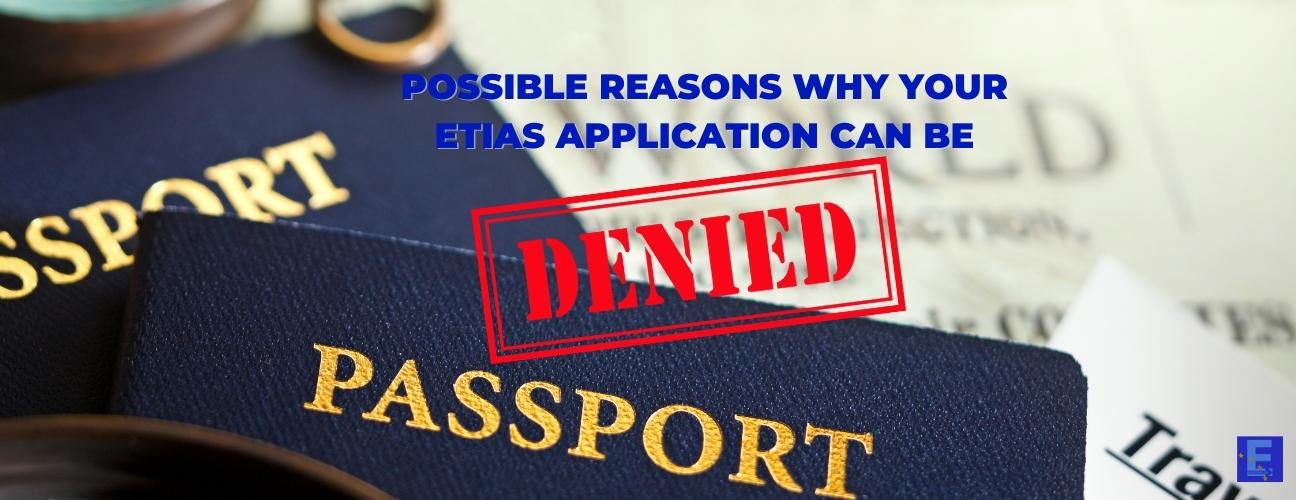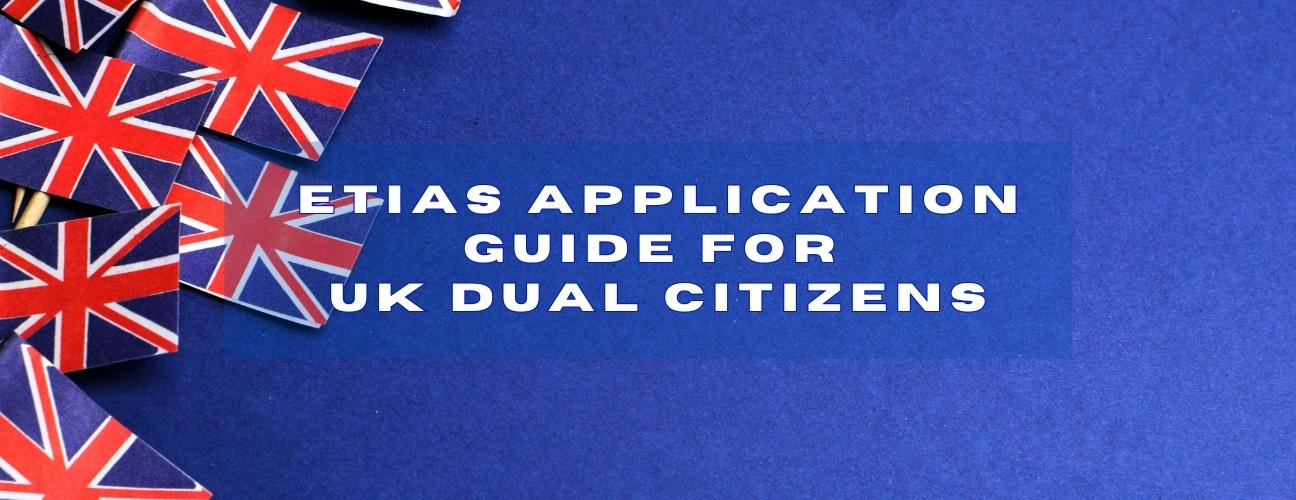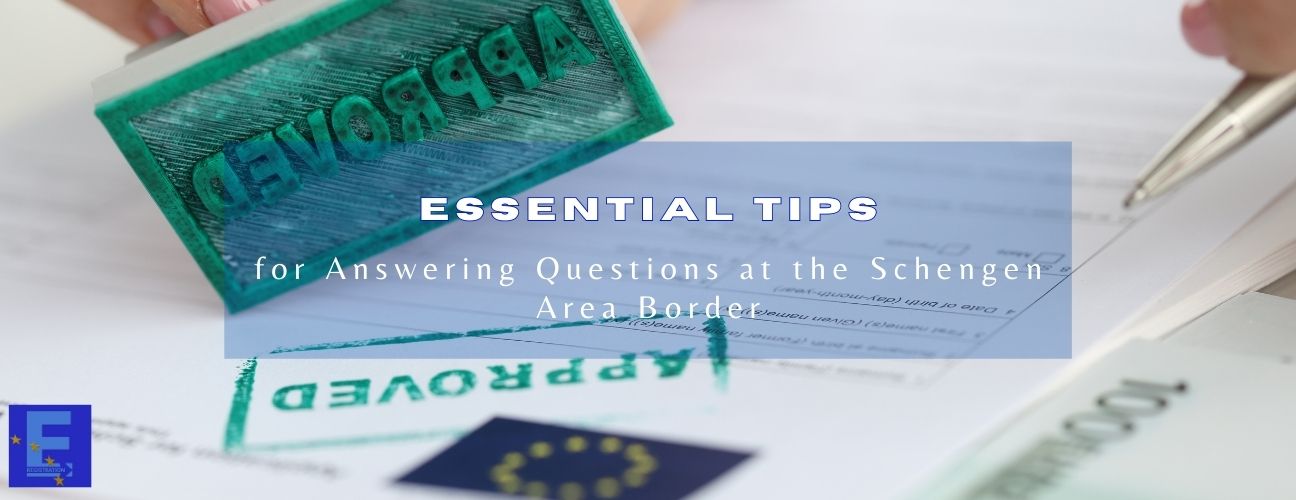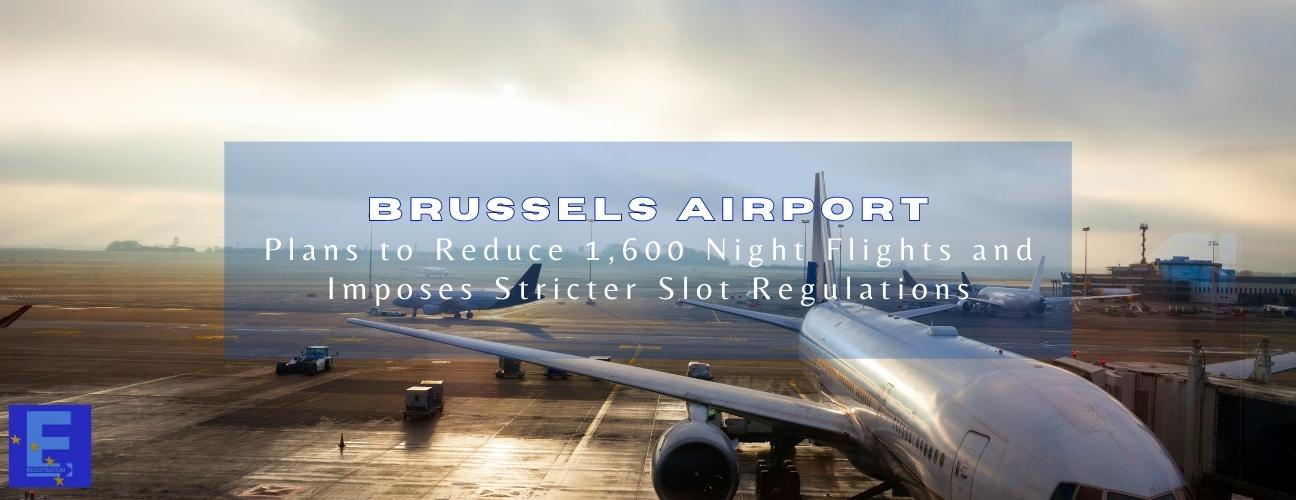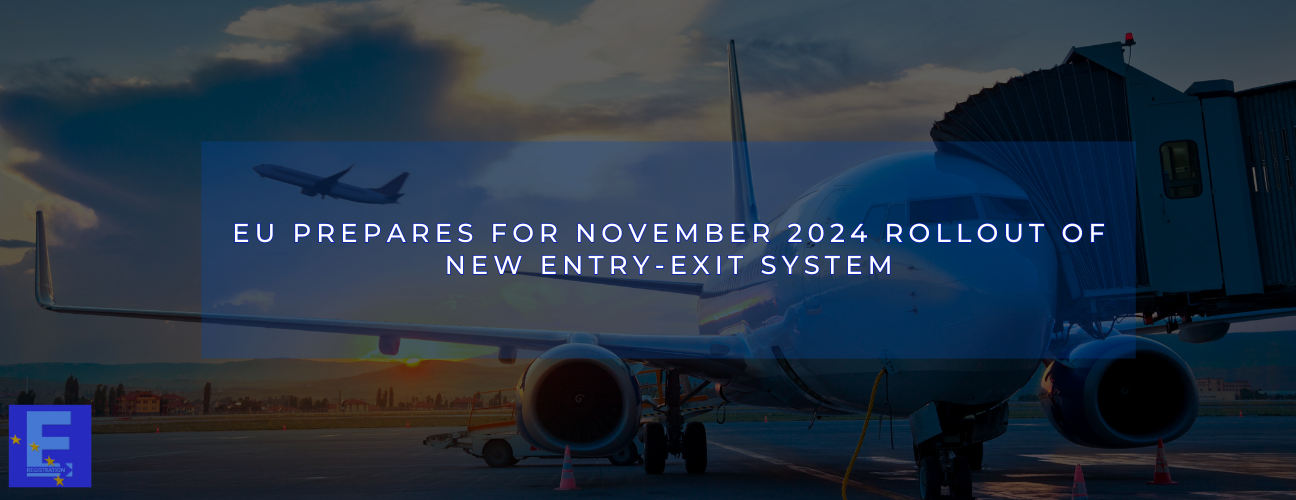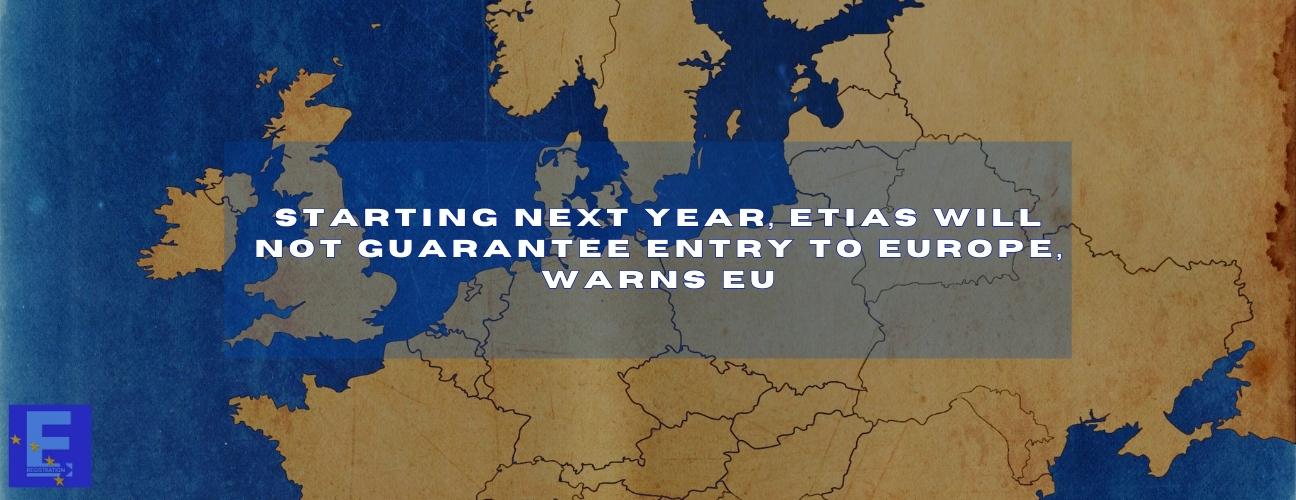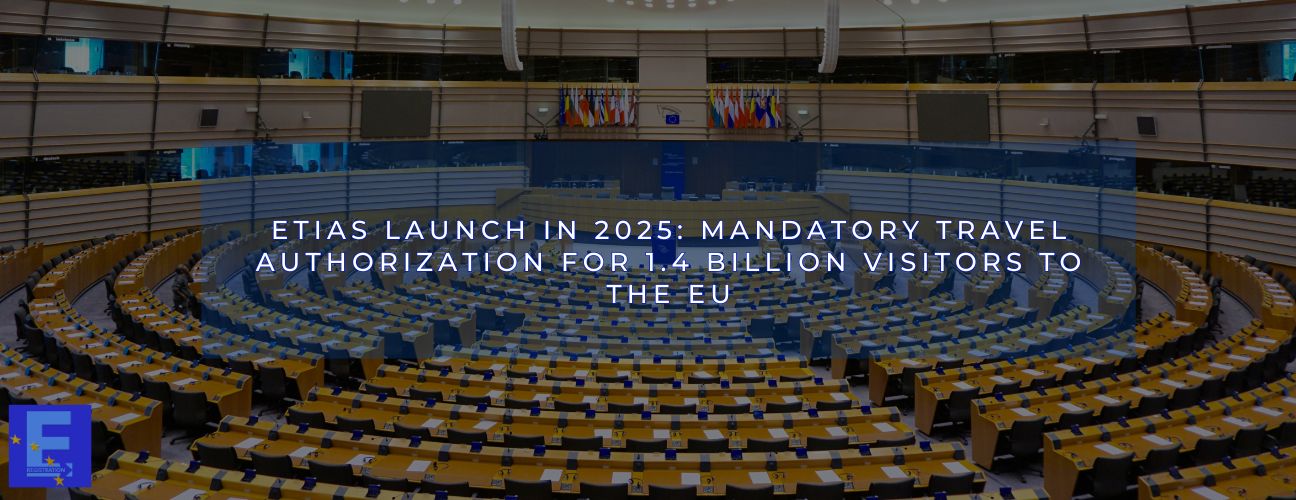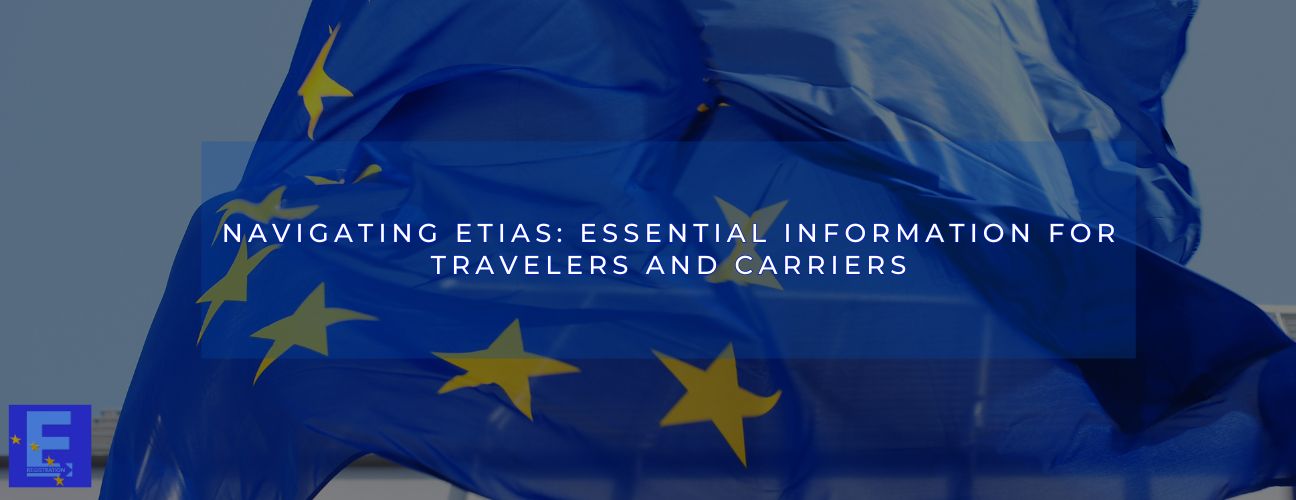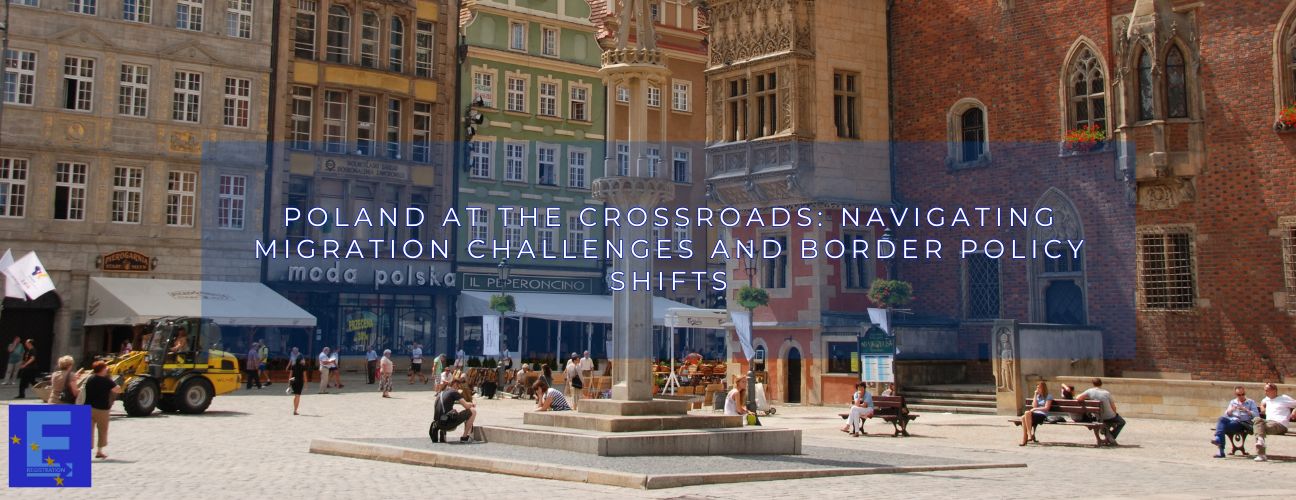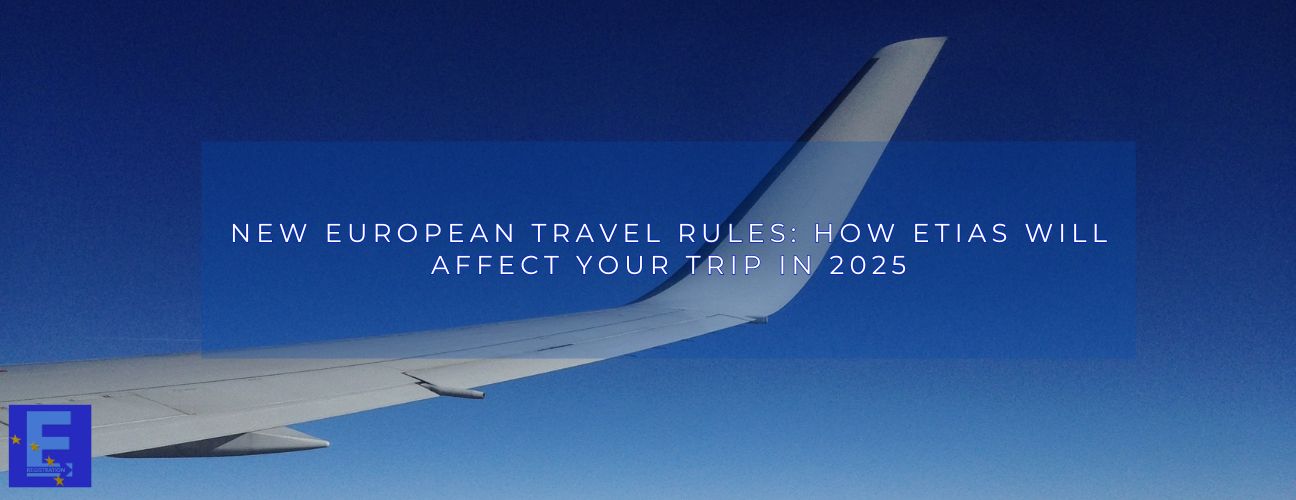As Europe prepares to unveil the European Travel Information and Authorization System (ETIAS), an evolution in travel procedures is on the horizon for visa-free travelers eager to experience the continent. These forthcoming changes are set to redefine the travel landscape, enhancing security and simplifying entry processes. Here's an insightful exploration of the key transformations that travelers can anticipate as ETIAS becomes operational.
Essential Pre-Travel Authorization
Visitors originating from visa-exempt countries will be required to secure authorization through the ETIAS system before embarking on their European journey.
Streamlined Online Application
The application process for ETIAS authorization will be conducted entirely online, making it a convenient and accessible procedure. Applicants will need to provide personal details, outline their travel plans, and respond to essential security-related queries.
Extended Validity Period
Once granted, ETIAS authorization will remain valid for a period of three years or until the traveler's passport expires. This extended timeframe allows for multiple entries within the validity period.
Versatile Travel Opportunities
ETIAS is designed to accommodate a wide range of travel purposes, including leisure, business, medical treatment, and transit. Travelers can enjoy stays of up to 90 days within any rolling 180-day period across the Schengen zone.
Enhanced Security Measures
A central feature of ETIAS is its ability to heighten security measures. By conducting pre-screening assessments, authorities can identify potential security risks such as criminals and individuals with malicious intent before they enter European territories.
Exclusion of Health Information and Biometrics: It's important to note that the ETIAS system does not require travelers to provide health-related information or biometric data during the application process.
Exemption for Visa-Required Travelers
It's essential to emphasize that the rollout of ETIAS predominantly impacts travelers who are exempt from obtaining a Schengen visa. Travelers who require a visa will continue to follow the established Schengen visa application procedure.
The Motivation Behind ETIAS: Strengthening European Security and Administrative Efficiency
ETIAS is not only a system change but a strategic move aimed at elevating security levels and streamlining travel administration throughout Europe. The following points underscore the core objectives of the ETIAS system:
Proactive Security Measures
By conducting assessments before travelers arrive, ETIAS serves as a proactive security tool. This approach empowers authorities to identify and mitigate potential threats, including criminals and individuals with harmful intentions, before their entry into European territories.
Strategic Migration Management
ETIAS plays a pivotal role in efficiently managing migration patterns. Advance knowledge of incoming travelers empowers authorities to identify individuals with intentions of unauthorized stays, enabling appropriate intervention.
Safeguarding Public Health
ETIAS contributes to public health protection by helping identify travelers carrying infectious diseases. This aids in curbing the spread of such illnesses within European borders.
Participating Countries within ETIAS
ETIAS will encompass a total of 30 countries within the Schengen zone. This includes the 27 European Union member states, such as Germany, France, and Spain, and three non-EU countries: Iceland, Liechtenstein, Norway, and Switzerland. Additionally, EU member states in the process of transitioning into the Schengen zone, like Bulgaria, Cyprus, and Romania, are expected to join ETIAS upon full integration.
Overcoming Delays and Anticipating Future Progress
Delays in implementing ETIAS have primarily been attributed to necessary system infrastructure development. The Entry/Exit System (EES), a critical component of ETIAS that tracks arrivals and departures, is still under construction. Similarly, travel entry points like airports, ports, train stations, and bus terminals require upgrades to efficiently process the augmented data collection mandated by ETIAS.
While the exact launch date for ETIAS remains uncertain, current projections suggest a rollout in 2024. This delay allows ample time for necessary system enhancements and seamless transitions at entry and exit points, ensuring the successful implementation of the advanced travel authorization system.
As ETIAS ushers in these changes, both travelers and authorities can anticipate a more secure, streamlined, and efficient travel experience across the expansive Schengen zone of Europe.
For comprehensive information and assistance with the ETIAS application process, please visit our website at www.etiasregistration.co.uk.
